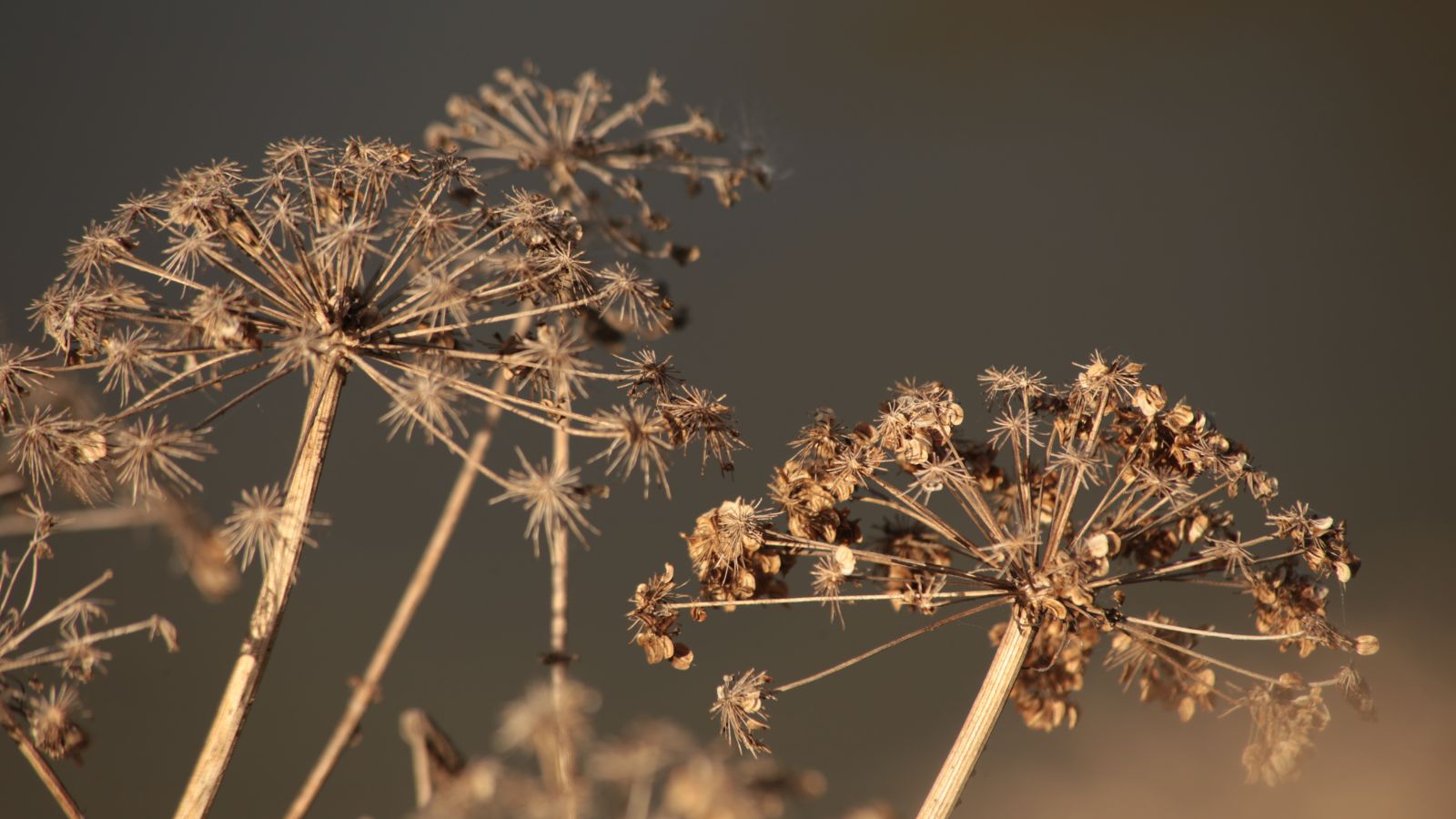
Harvesting carrot seeds can be a fun and rewarding process for any kitchen gardener, but it does require a bit of planning and patience, as carrots take two years to produce seeds. While the process itself is simple, the key to success is allowing the carrots to overwinter and develop fully before harvesting the seeds the following season.
Whether you intended to grow carrots and harvest them for consumption but missed the ideal harvesting window, or you’ve purposefully left them in the ground to collect seeds for future planting, this method below not only provides you with a sustainable source of seeds, but also allows you to continue cultivating varieties that thrive in your garden’s unique conditions.
We consulted with gardening experts who provided the steps and tips for success to ensure you nail this process so you can enjoy a continuous cycle of homegrown carrots year after year.
1. Choose Heirloom or open-pollinated varieties
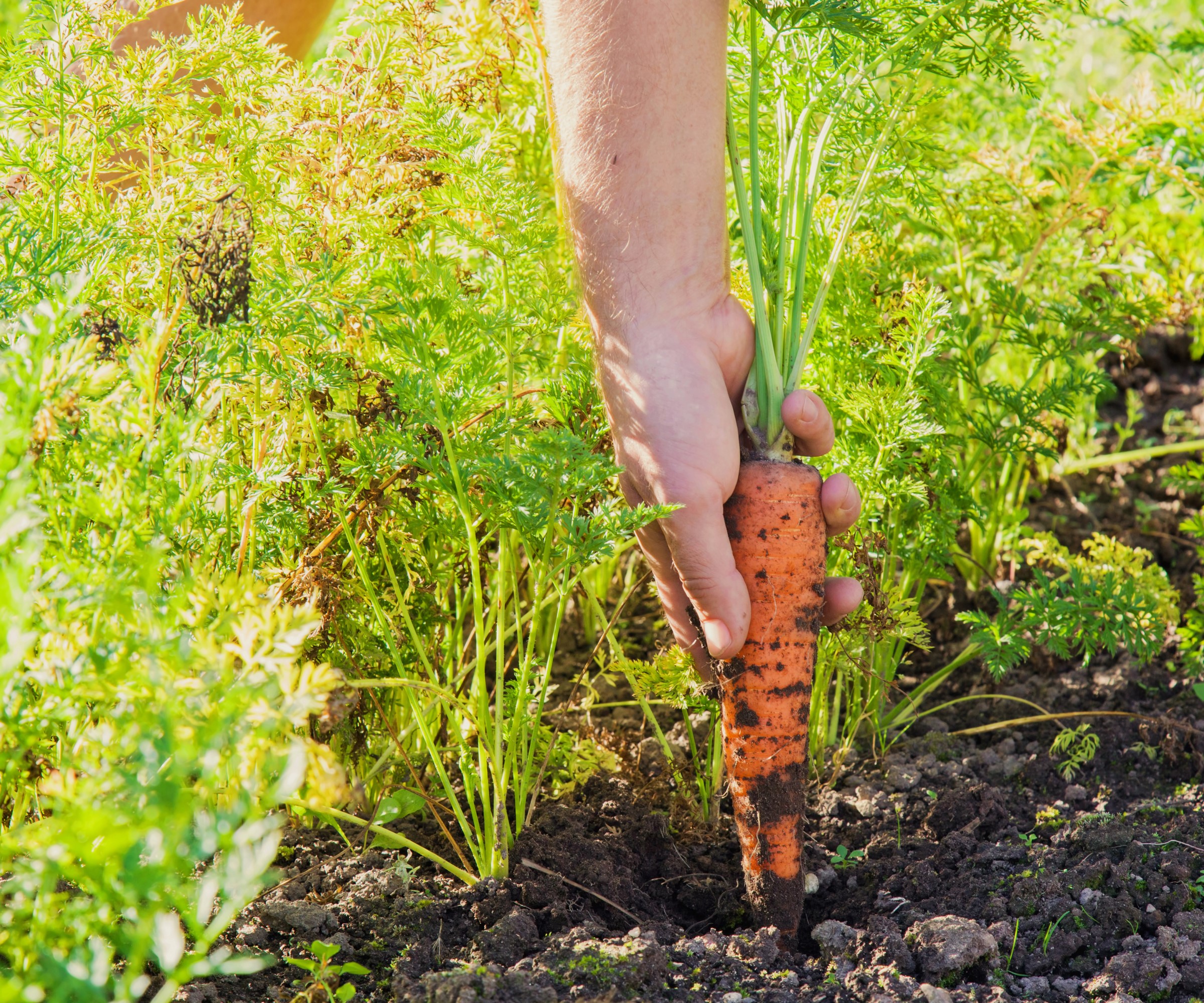
‘When harvesting carrot seeds, it’s crucial to start with heirloom or open-pollinated varieties,’ says Tom Monson, owner of Monson Lawn and Landscaping. ‘These varieties, unlike hybrids, will produce seeds that are genetically true to the parent plant, ensuring consistency in shape, flavor, and color.’
Heirloom carrots are typically more reliable for seed-saving because they are not crossbred like hybrids, meaning the seeds you collect will grow into the same high-quality carrots season after season.
To begin, select only the healthiest and most robust carrots from your garden. specimens with the best shape, vivid color, and no signs of disease or insect damage, as the quality of the parent plant directly influences the next generation. These are the carrots you’ll leave in the ground to overwinter to allow them to produce seeds in their second year.
2. Let carrots overwinter
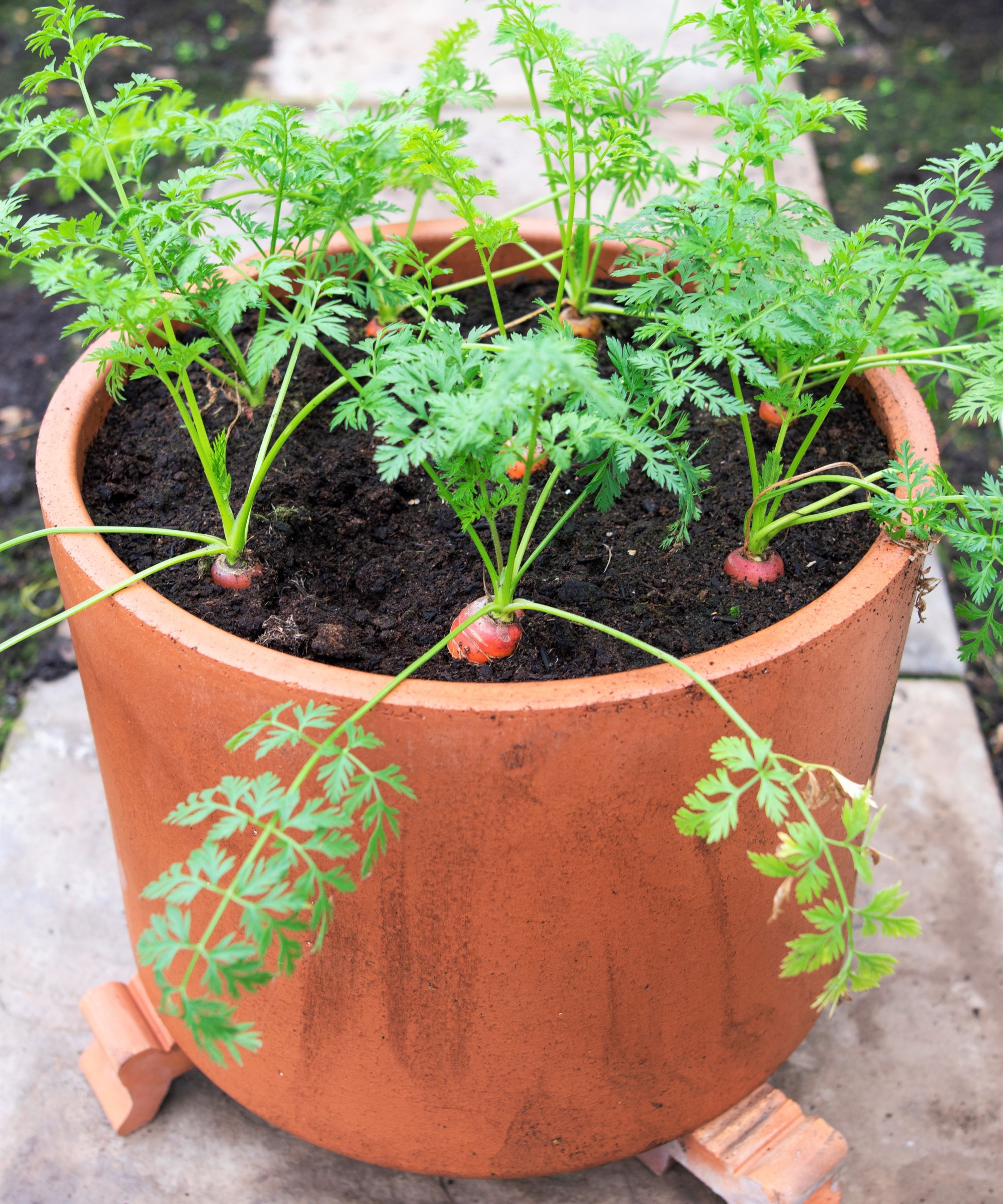
Overwintering vegetables such as carrots means knowing your plant: carrots are biennial plants, meaning they take two years to complete their life cycle and only flower in the second year. Once you've identified the best carrots for seed harvesting, don’t pull them up after the first growing season.
Instead, let them overwinter in the ground, so they can naturally complete their flowering process the following spring. When carrots overwinter, the plants will enter dormancy, and in spring, they will bolt, producing flowers that eventually turn into seed pods.
Alternatively, if you live in a region with harsh winters, you can lift the carrots before the ground freezes and grow carrots indoors, and replant them early in the spring to allow the second-year growth to happen.
3. Keep an eye out for flowering
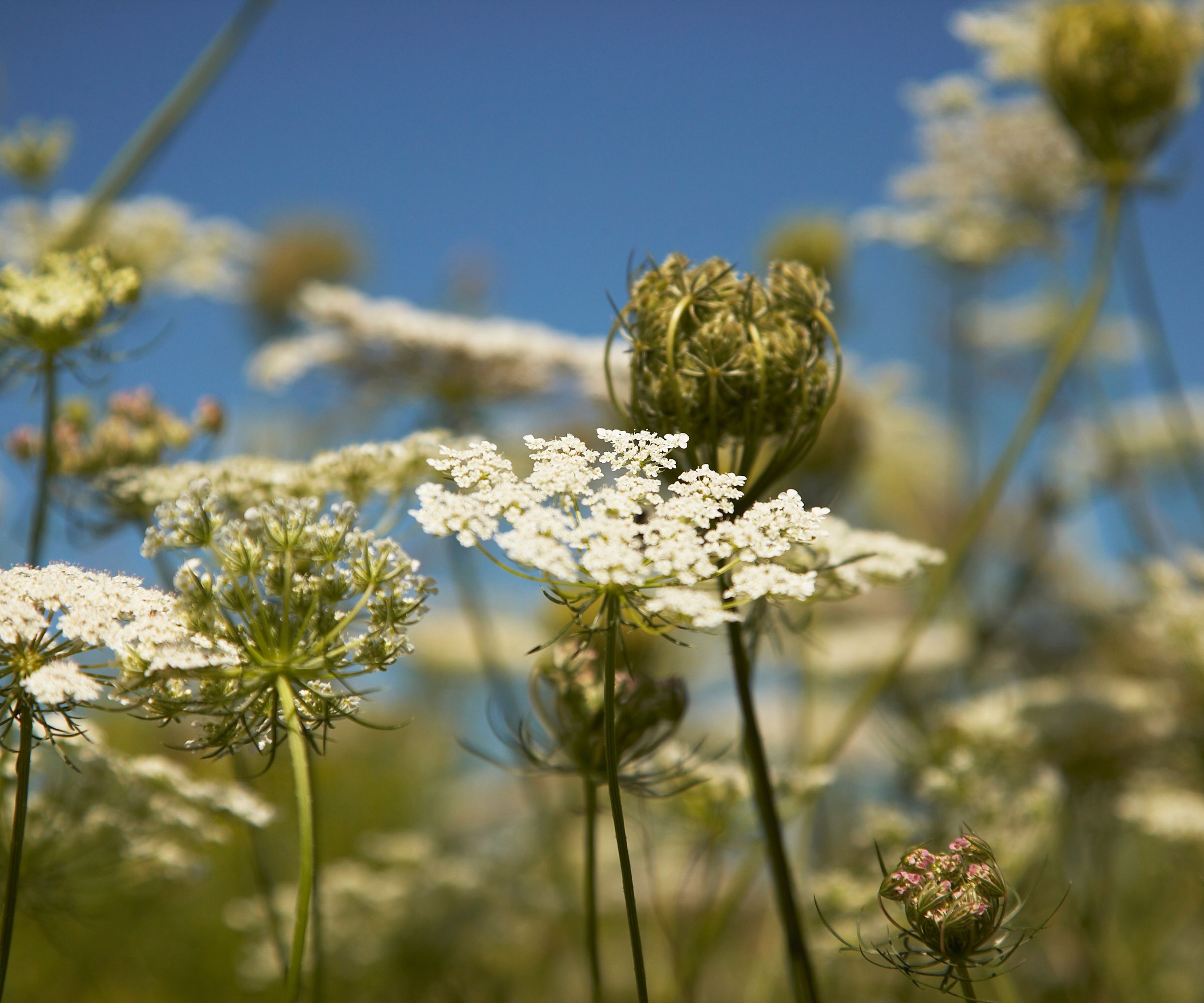
‘In the second year of growth, spring rolls around carrot tops will produce a flower stalk, which will grow into small white umbels, or clusters, of flowers,’ explains Emily Jones, founder and gardening expert at Tomato Mentor. ‘That is where seeds are formed.'
At the end of the second season, the seed heads will turn brown and dry a few weeks after they’re pollinated as they mature. Once this happens they will be ready for harvesting.
Timing is crucial when harvesting carrot seeds because if it is done too late, the seeds may disperse naturally and be lost, however, if you harvest them too early, the seeds may not be fully mature, reducing their viability for future planting. To avoid this, monitor the flower heads closely to find the perfect time to harvest the seeds.
4. Harvest seeds as they mature
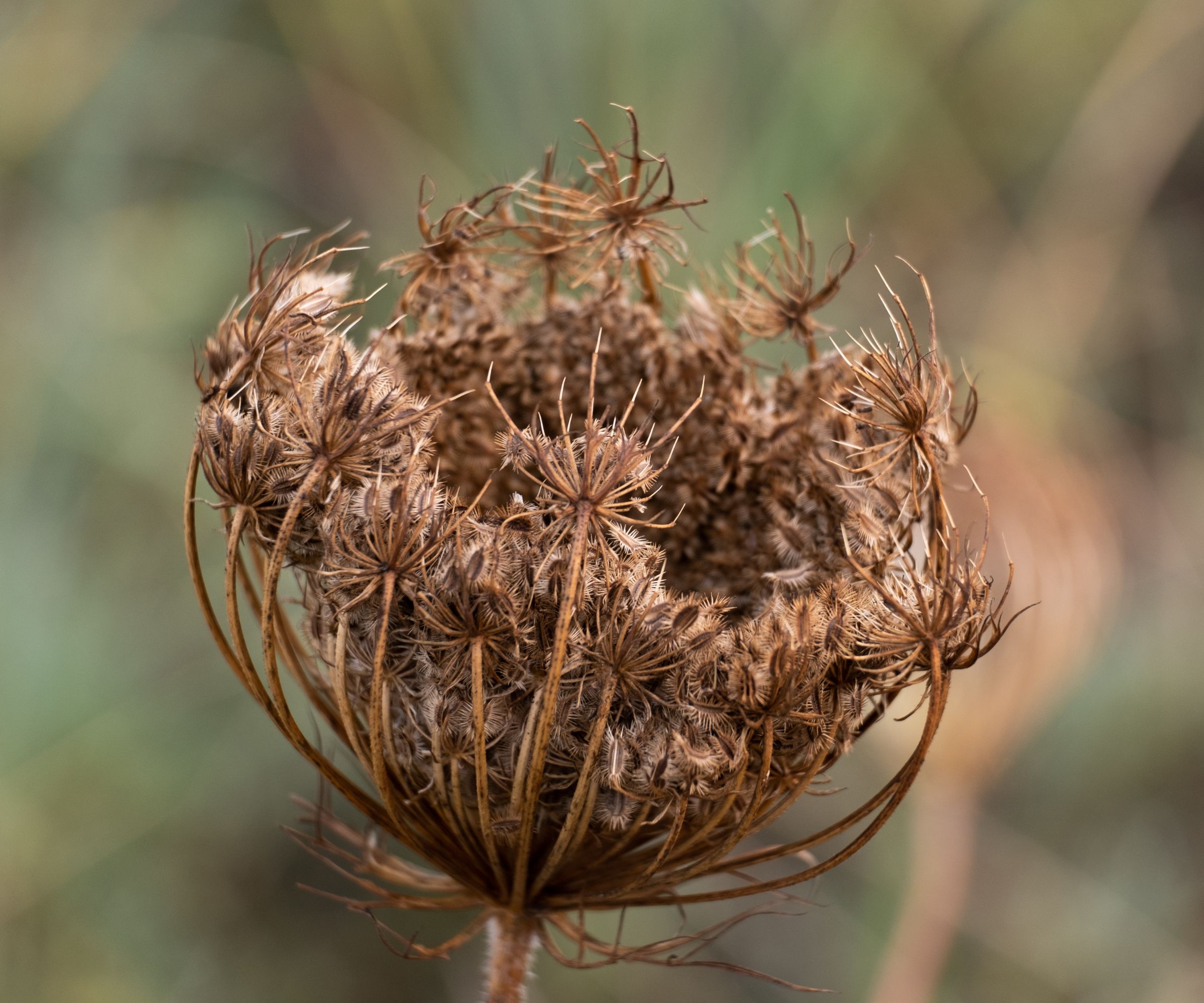
'Harvest once at least 50 per cent of the seed head is dry,' advises Tom Monson.
This process is pretty simple, just wait for a dry day and cut the seed heads off, leaving about an inch of stalk below the head with some clean, sharp pruners, such as these from Amazon.
Immediately put them into a paper bag to avoid losing precious seeds as they fall off the seed head. You can buy paper envelopes specifically for storing seeds at Amazon.
5. Dry the seed heads
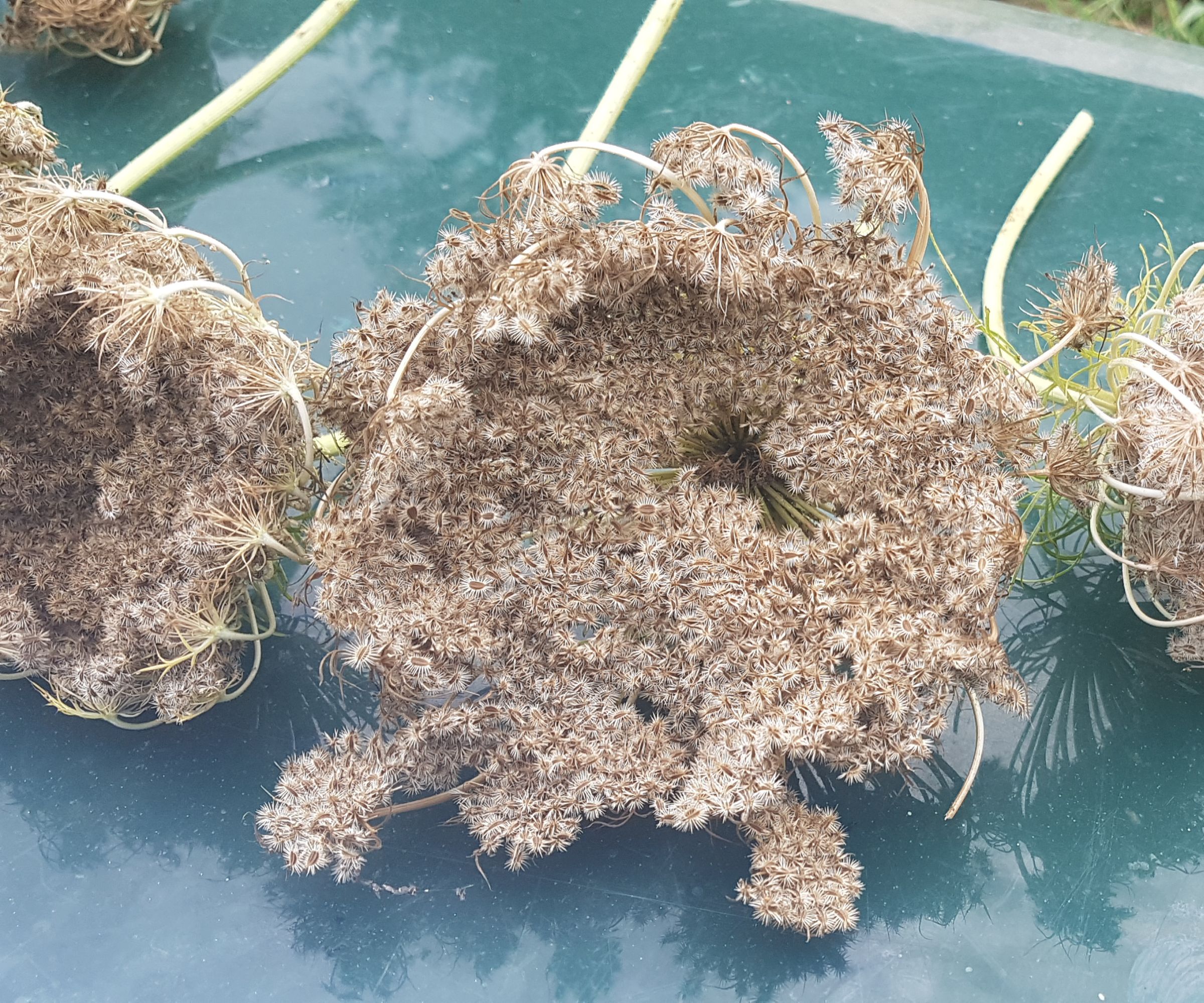
After harvesting carrot seed heads, it's important to let them dry thoroughly to prevent moisture buildup, which can lead to mold or mildew that would spoil the seeds.
Lay the seed heads out in a cool, dry space with good airflow for a week after harvesting to ensure they dry completely to preserve the quality of the seeds. 'I usually spread them out on a tray in my garden shed where there's good airflow,' says Emily Jones.
6. Thresh and clean the seeds
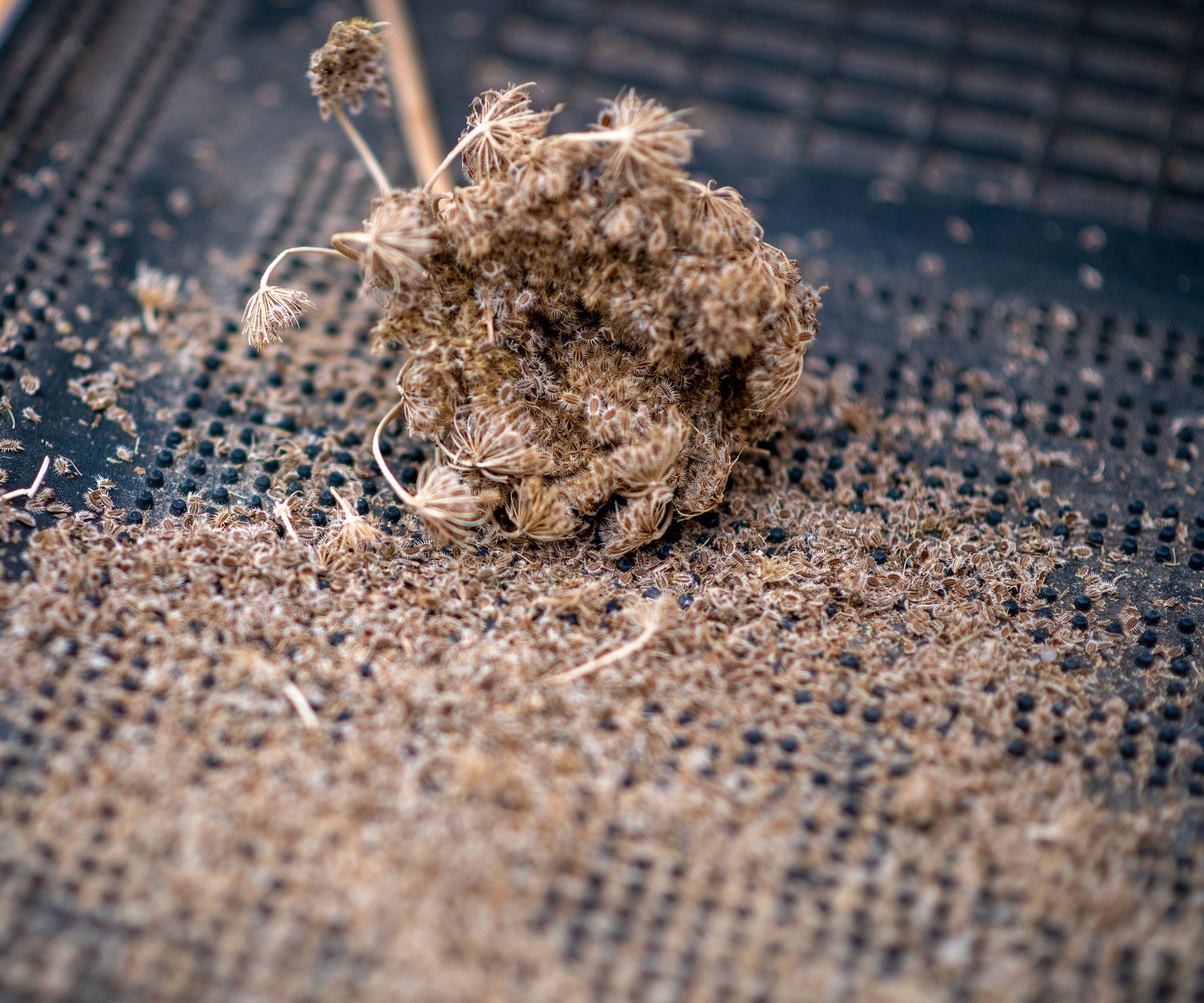
Once the seed heads have fully dried you should separate the seeds from the debris from the flower head.
You can do this either by gently rubbing the seed heads between your fingers to release the seeds from their pods or by putting the heads in a container with a lid, adding a small pebble or coin, and shaking it to dislodge the seeds.
Even after the seeds have separated, they may still be mixed with chaff or other debris. While this material is harmless and can be planted along with the seeds, it's best to clean and separate them to make storing and planting them more efficient. Emily Jones suggests using a sieve or colander to help filter out the lighter debris, or gently blowing on the seeds to remove the lighter chaff.
7. Store them properly
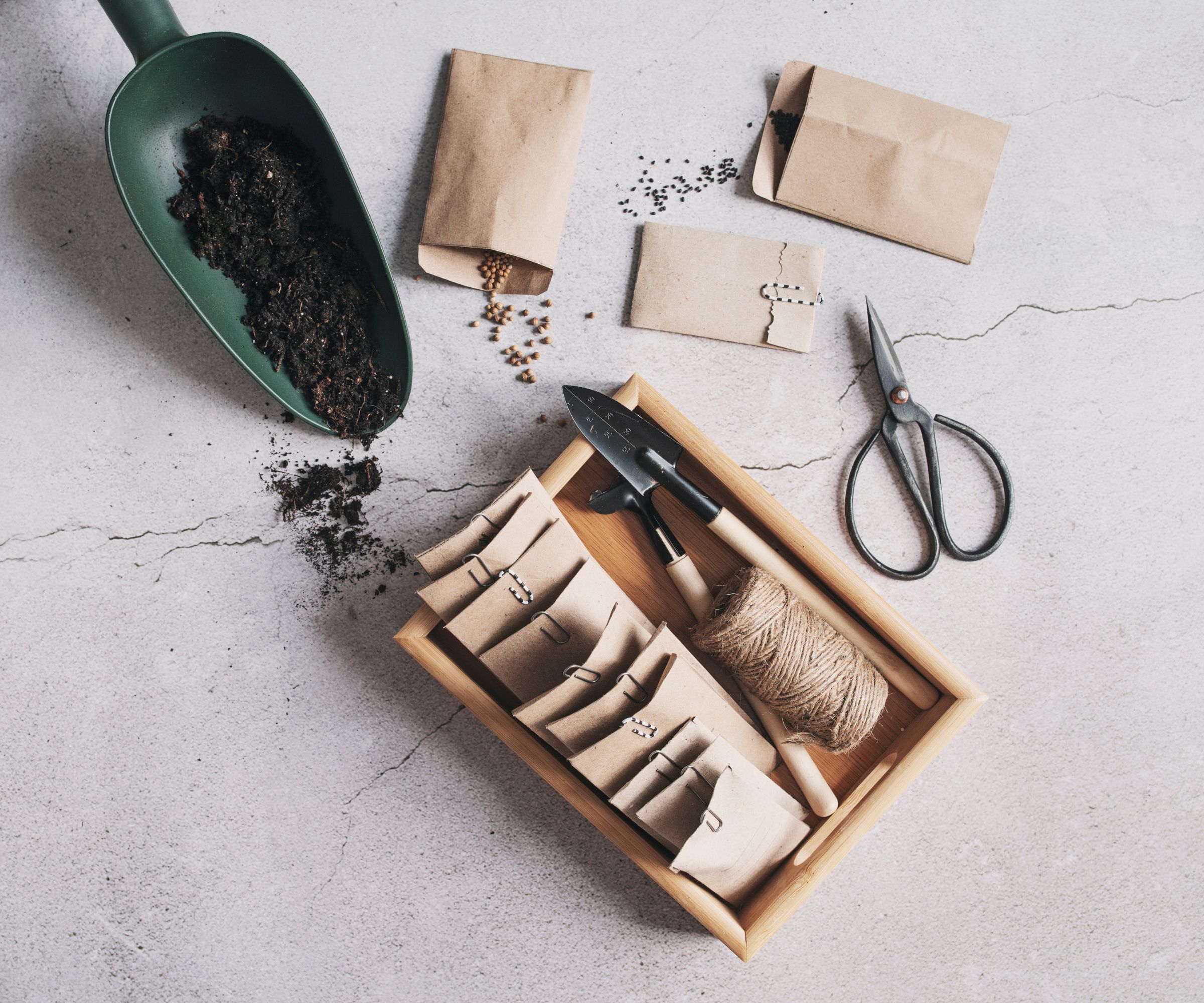
The final and perhaps most important step is to store the seed harvested to preserve their viability.
Keep them in a cool, dark, and dry place to prevent moisture damage or premature sprouting. Use paper envelopes or airtight containers for storage. Label each envelope or jar with the variety and date. Our favorite buys are just below.
With that, you’ll have your own supply of carrot seeds, ready and waiting for you to plant next season.
These resealable, space-saving bags have a plastic screen and categories for labeling the seeds so you can keep track of when to harvest them.
If you are planning to store up a wide range of seeds for future planting, this seed storage box might be just the thing you need to keep them safe and organized. It comes with color-coding stickers and labels.
If you already have your own seed storage containers, make sure they are clearly labeled using a label maker. This one from Walmart is Bluetooth.
For the best results, try to save seeds from at least a handful of different plants. This ensures your future carrot crops are diverse and resilient.
When the time comes to plant the seeds, you will find that you can sow seeds outdoors successfully by providing enough space between the plants in the second year to prevent cross-pollination if you have more than one variety of carrots.
With a little patience, planning, and attention to detail, you'll soon enjoy the fruits of your labor.







